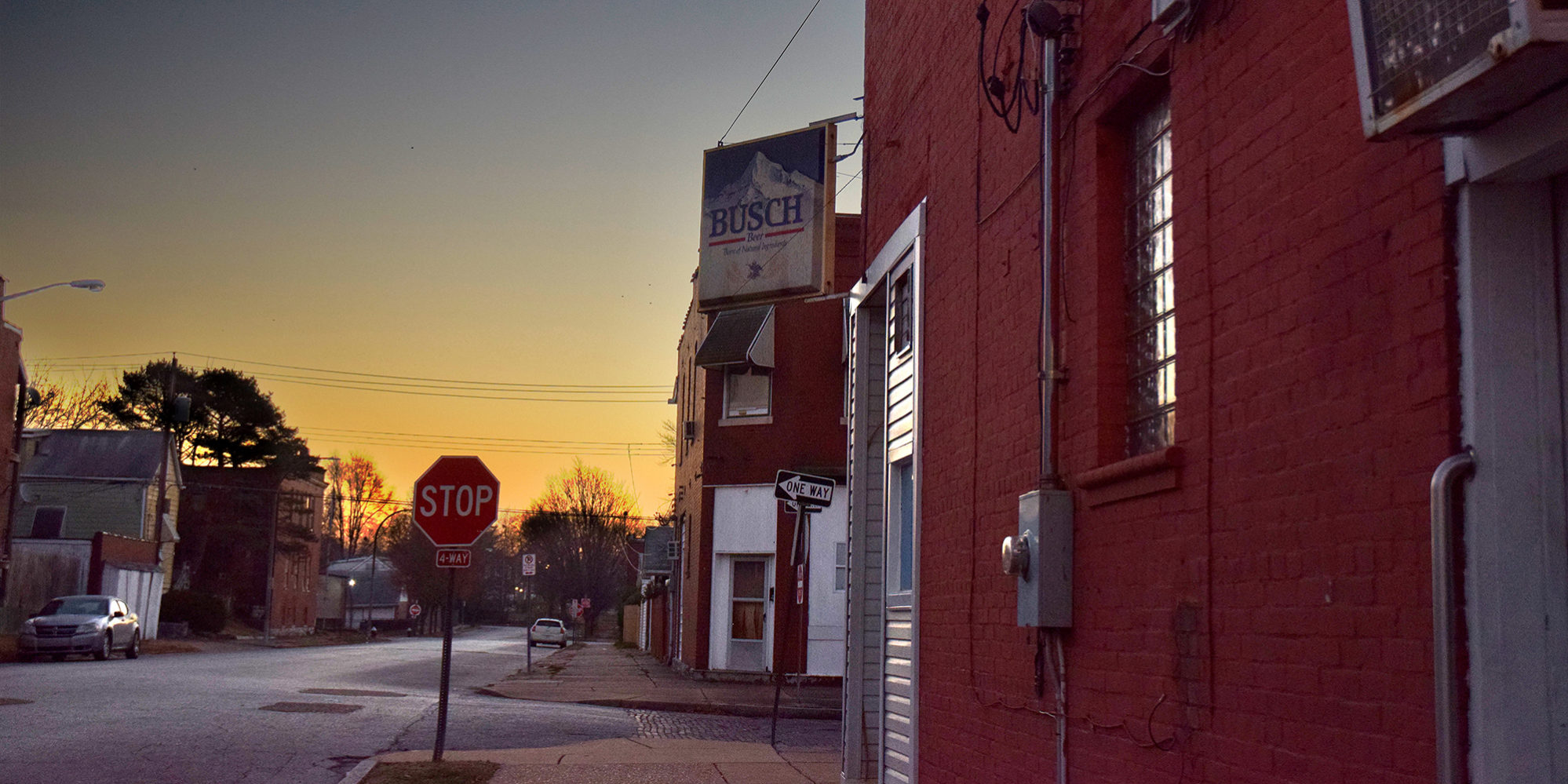
We took a walk through the Mount Pleasant neighborhood on a frosty December morning. The City of St. Louis designates Mount Pleasant as one of its 79 distinct neighborhoods. But especially west of Interstate 55, the neighborhood maintains much of the same character as the broader Dutchtown area.
Mount Pleasant makes up the southeastern portion of the Greater Dutchtown neighborhood. They have their own neighborhood association (which meets in Dutchtown proper at the Neighborhood Innovation Center). The neighborhood is home to Dutchtown landmarks such as St. Anthony of Padua Catholic Church and the Original Crusoe’s restaurant. While there are official boundaries between Dutchtown and Mount Pleasant (namely Meramec Street and Compton Avenue), the neighborhood and its residents are Dutchtown through and through.
Our recent jaunt through the neighborhood focused on the southwestern portion of the neighborhood. In the future, we’ll explore the other side of the neighborhood across Interstate 55. That part of the neighborhood, through which South Broadway runs, features an outstanding variety of architecture that takes advantage of the views along the bluffs of the Mississippi River. We’ll also visit the northern portion of the neighborhood along Meramec, once home to Maryville College.
Development in Mount Pleasant
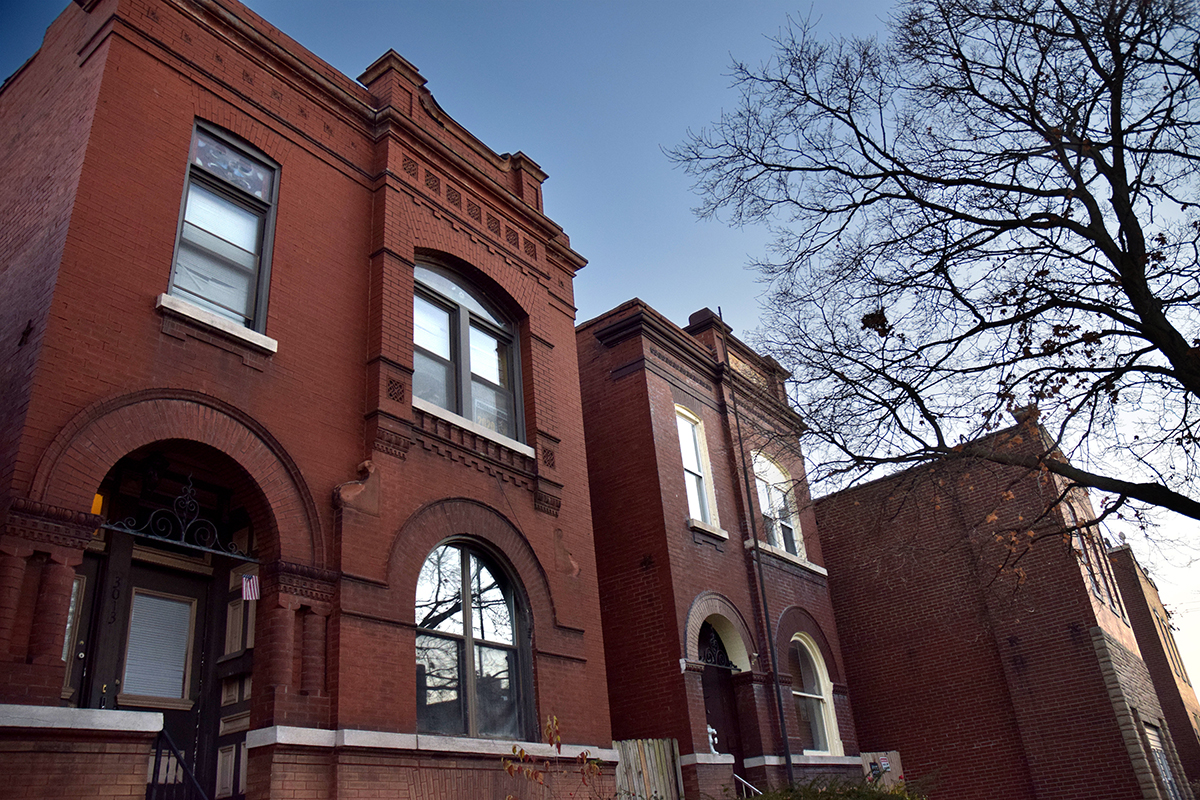
Being located closer to the Mississippi River, the Mount Pleasant portion of the neighborhood started to develop early. Growth began in our corner of the South Side along South Broadway, long ago known as Carondelet Road, and spread west from there. Mount Pleasant is home to many pre-1900 buildings, both brick and frame.
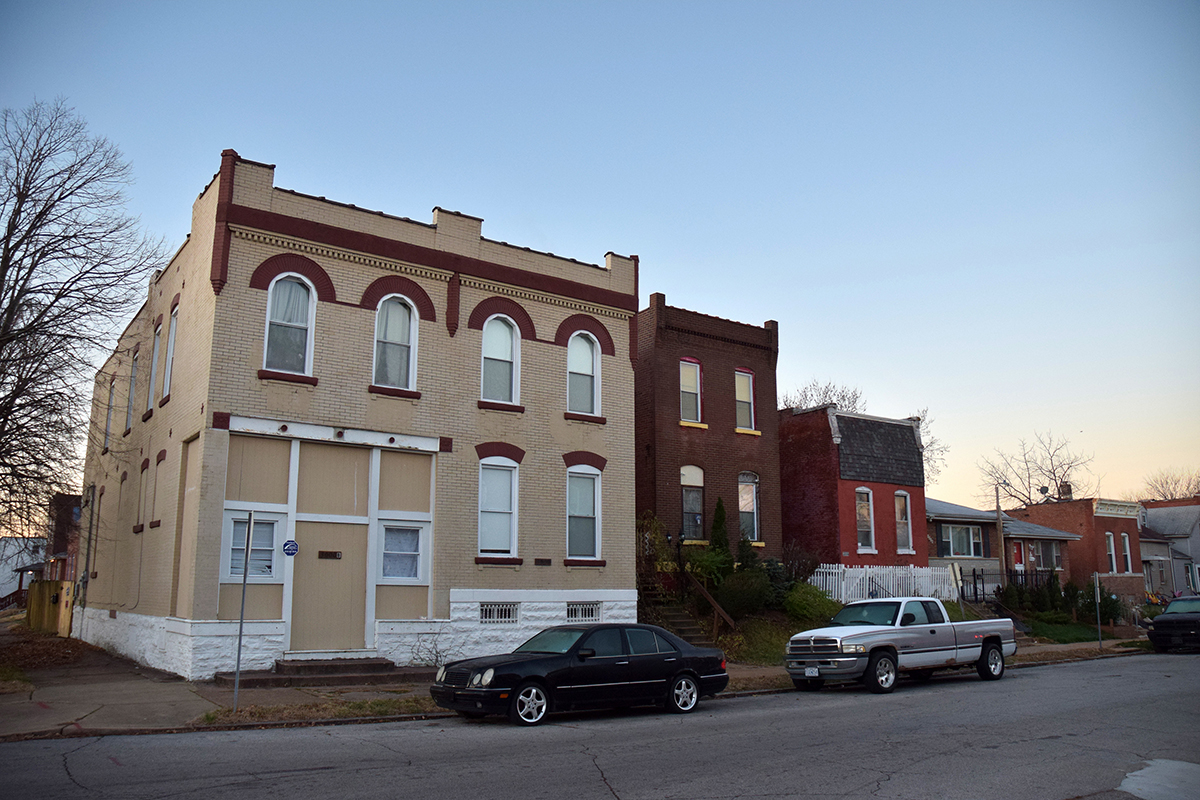
Growth in Mount Pleasant was haphazard, with buildings often going up one at a time, rather than as parts of carefully plotted subdivisions organized by builders and real estate developers. You’ll see a variety of styles, sizes, and shapes mixed together along the streets of Mount Pleasant. Varying heights, setbacks, and materials give the neighborhood an eclectic and historic feel, with architecture that’s as diverse as the neighbors.
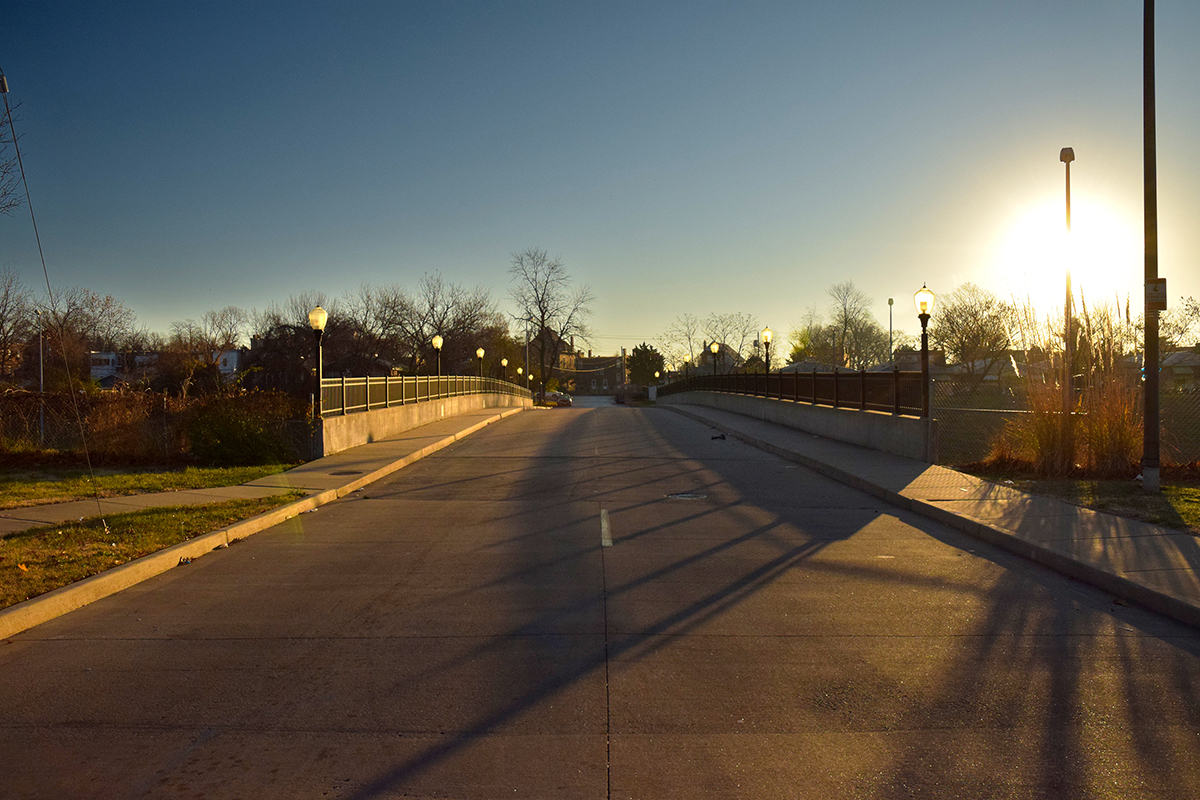
A new wave of development happened in the middle of the 20th century. The construction of Interstate 55 plowed through the middle of Mount Pleasant, destroying untold numbers of old homes and businesses and largely cutting off one side of the neighborhood from the other. The Delor Street overpass is the only connection that crosses the highway in Mount Pleasant.
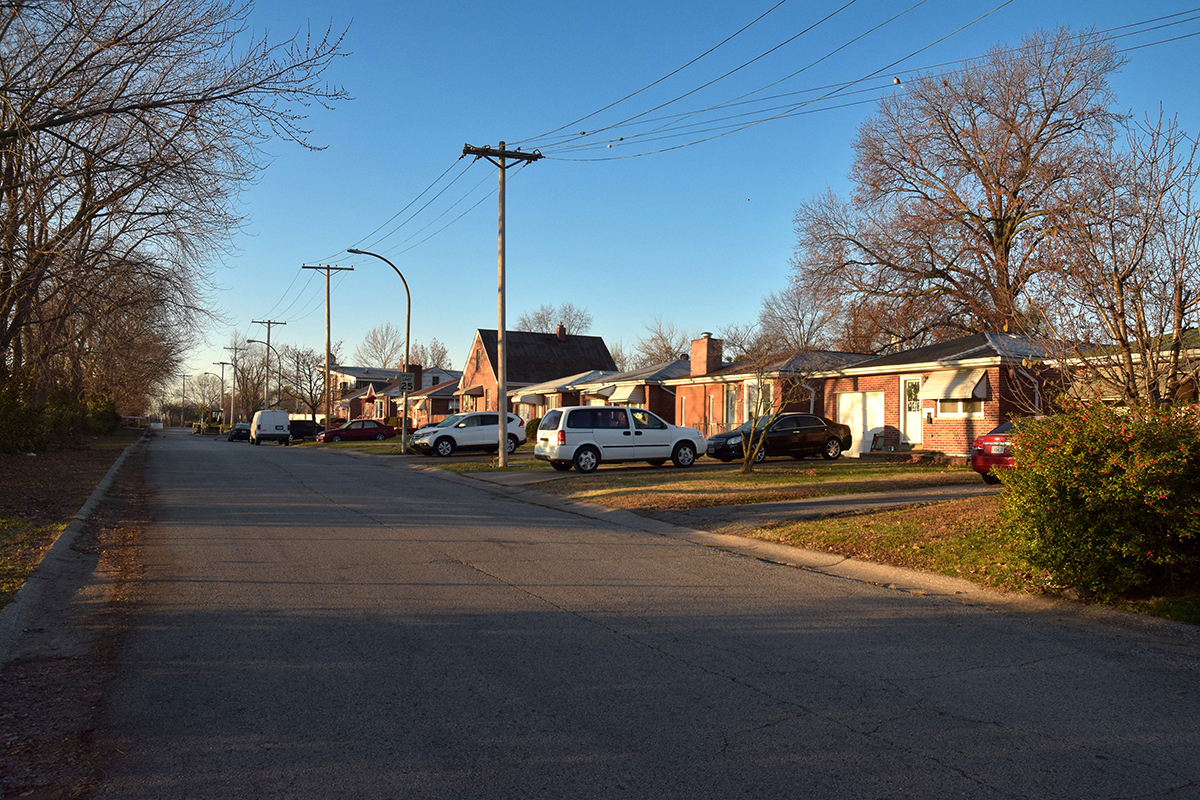
But after the wholesale clearance of the area, large swaths of vacant, graded land became available to builders. Additionally, a number of nearby quarries were filled in. Residents seeking to stay in the neighborhood, but who desired the modern amenities of the new homes being built in the suburbs, now had options on the South Side. Scores of modest mid-century homes line the blocks surrounding the highway.
Churches in Mount Pleasant
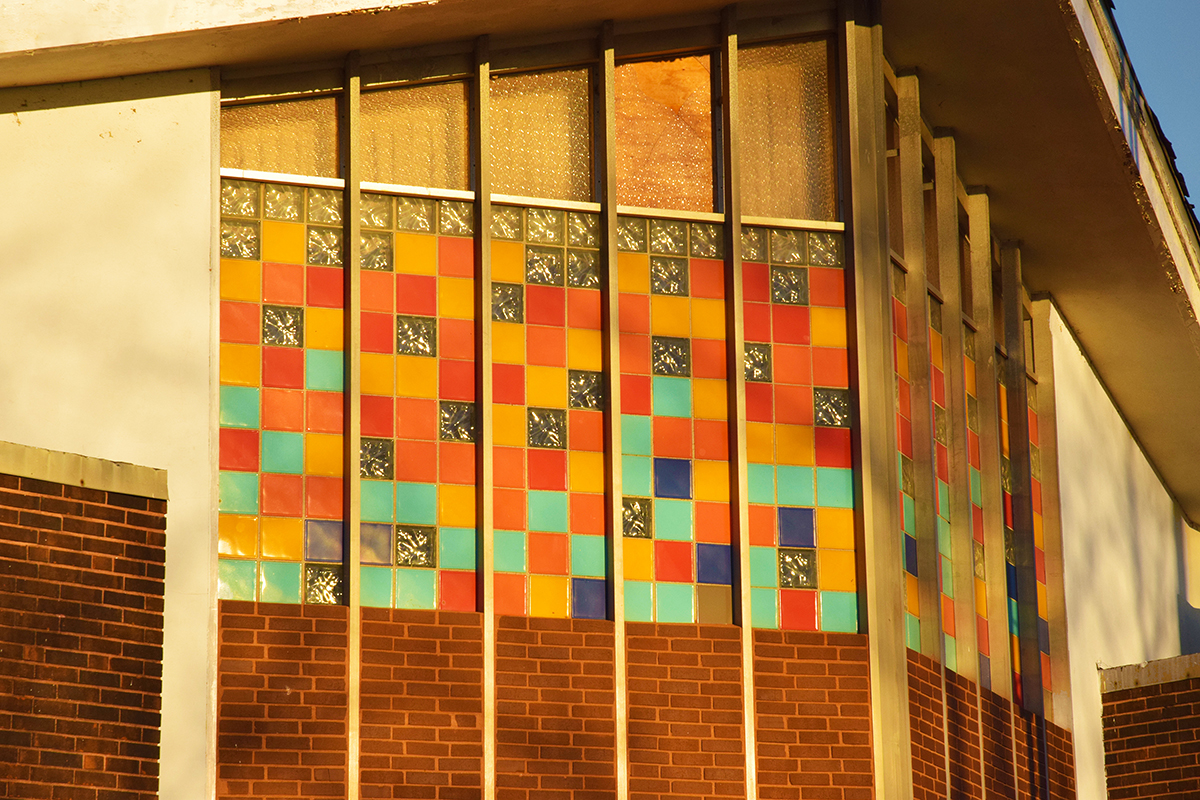
The neighborhood saw some institutional development in the mid 20th century as well. Built as Wurdack Memorial Presbyterian in 1962, the mid-century modern church featuring brightly colored tiles has hosted a number of congregations since then. The church faces Interstate 55, tucked away on Minnesota Avenue between a row of 1950s homes and low-rise multi-family housing built in the 1960s.
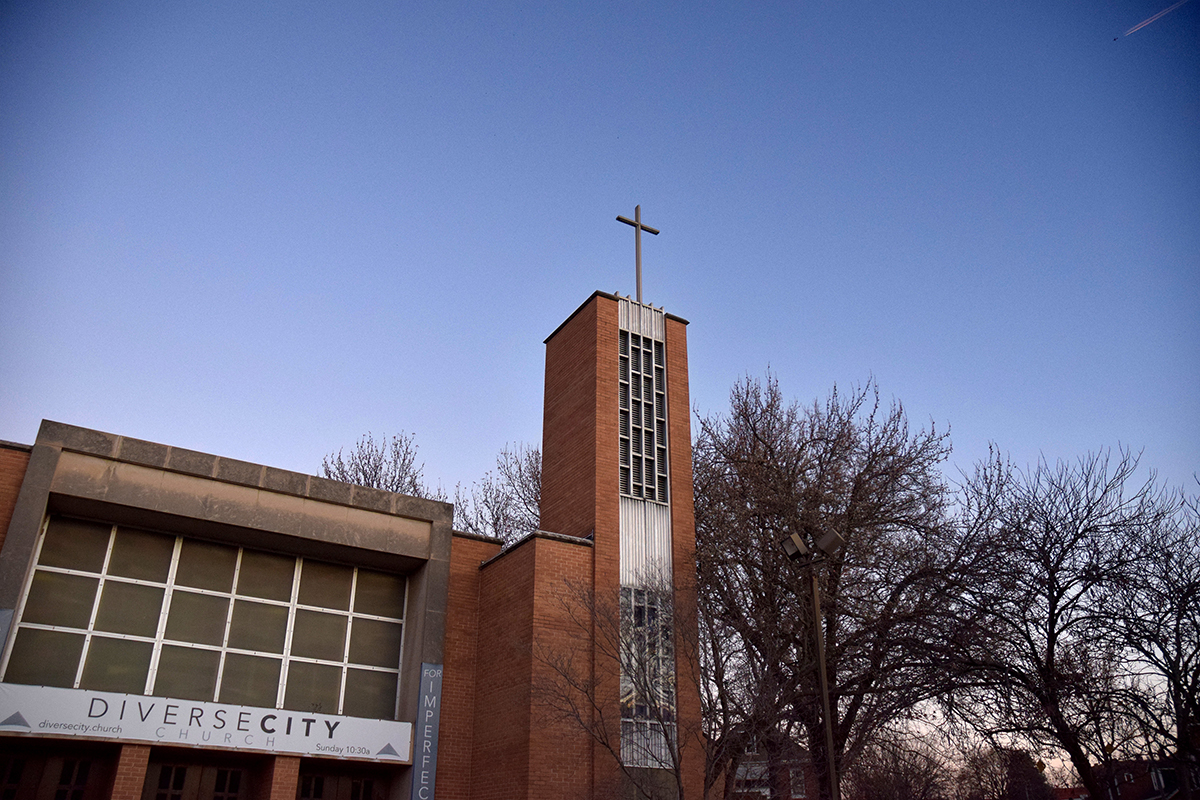
Residents of Polish descent founded St. Hedwig Catholic Church at Compton Avenue and Pulaski Street in 1904. The parish built a new house of worship in 1957, currently occupied by Diverse City Church. The simple, modern architectural style stands in stark contrast to its northern parochial neighbor, St. Anthony of Padua, whose towering steeples can be seen from all over the Mount Pleasant neighborhood.
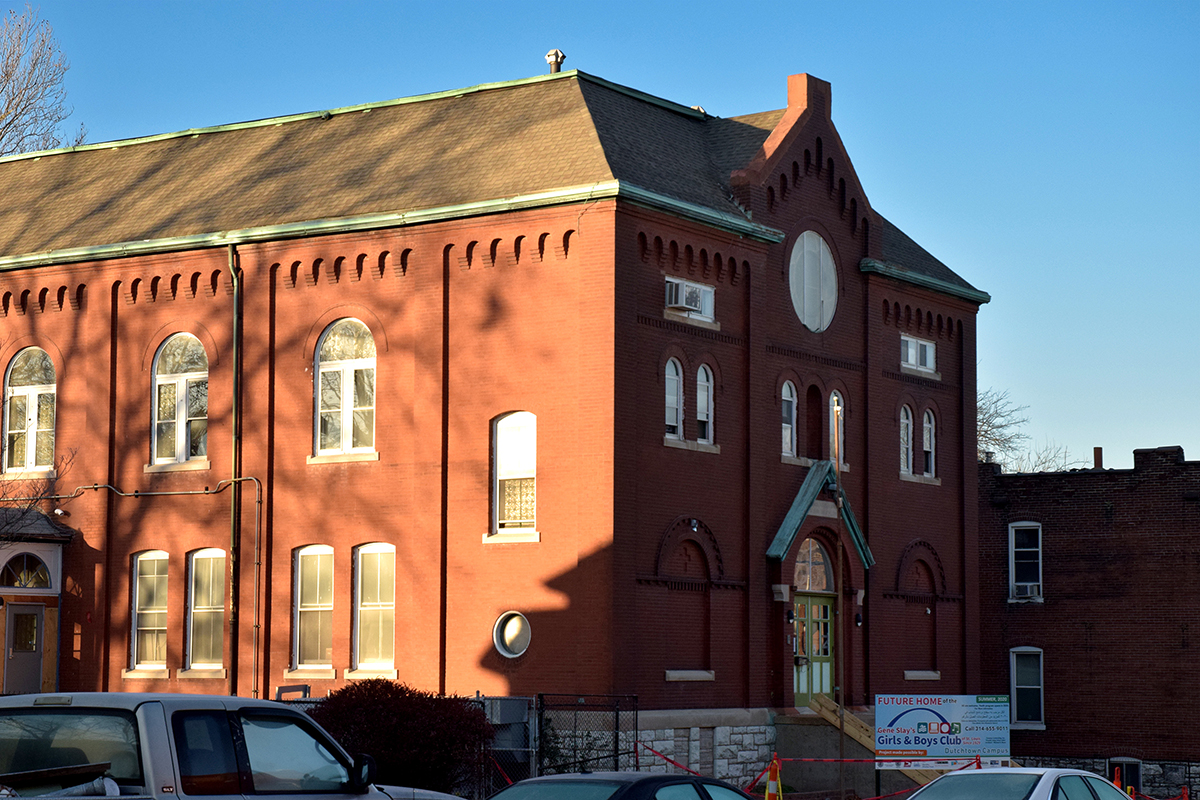
The old school building at St. Hedwig is currently being renovated and will become the Dutchtown campus of the Gene Slay’s Girls and Boys Club of St. Louis.
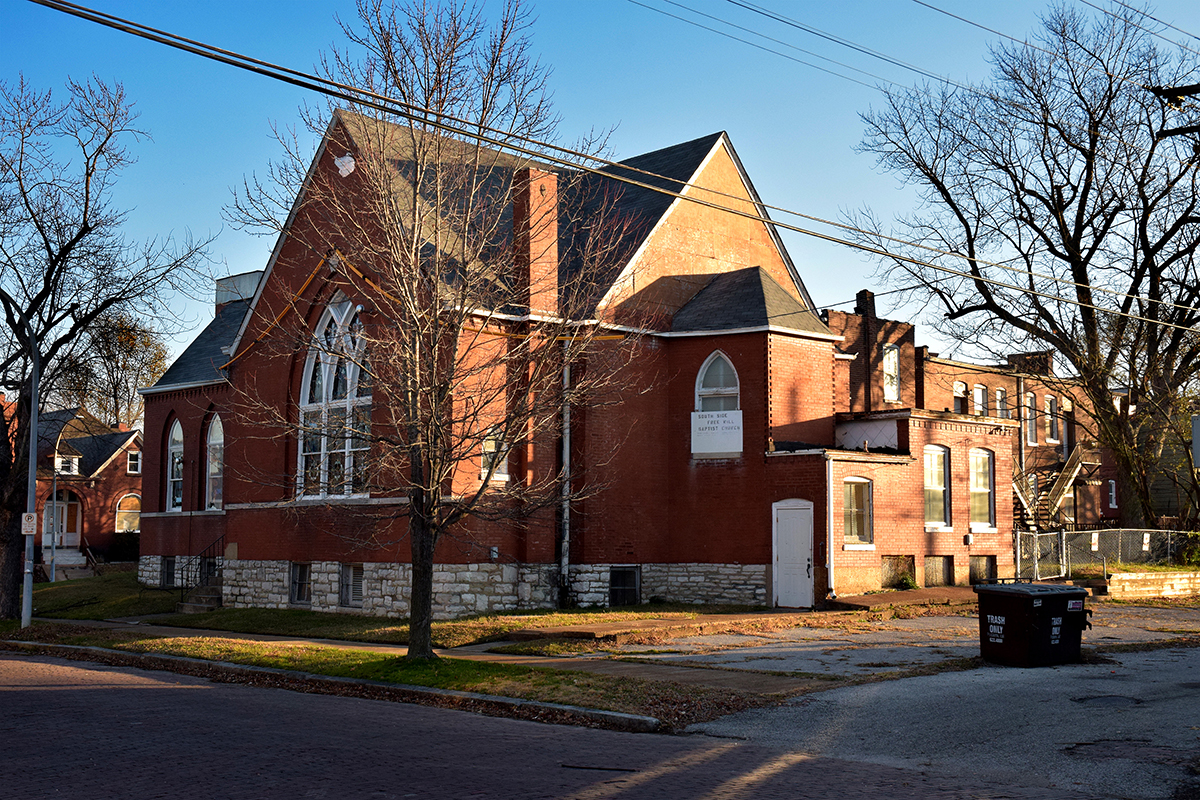
Mount Pleasant is also home to a pair of Baptist churches, the South Side Free Will Baptist Church and Jewel Baptist Church. Jewel has been around the Dutchtown neighborhood since at least the 1920s, taking up residence at a handful of other locations prior to its current location on Minnesota Avenue.
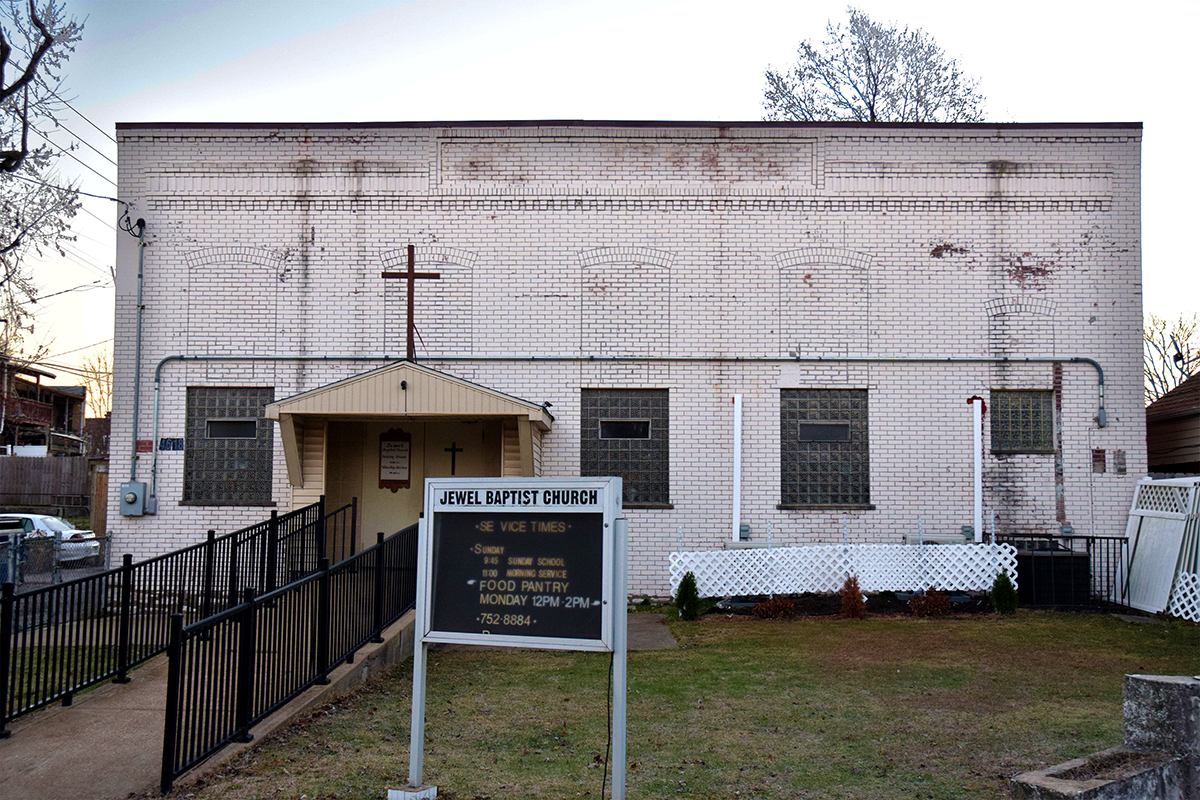
Parks in Mount Pleasant
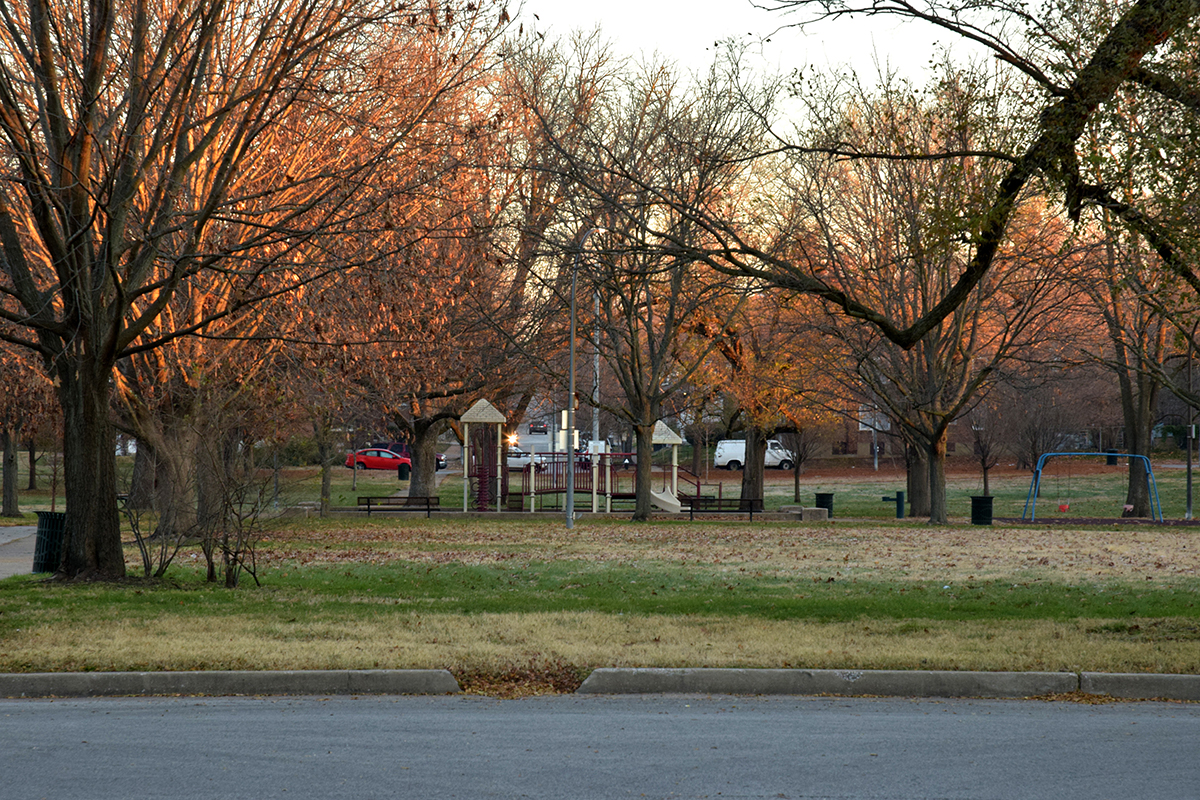
The neighborhood’s namesake park, Mount Pleasant Park, sits at the center of an oddly arranged break in the street grid where Dakota Street and Michigan Avenue would otherwise intersect. The layout is a mirror image of Laclede Park, just a few blocks to the north. The City of St. Louis established both parks by ordinance in 1812, when very little else existed in the area.
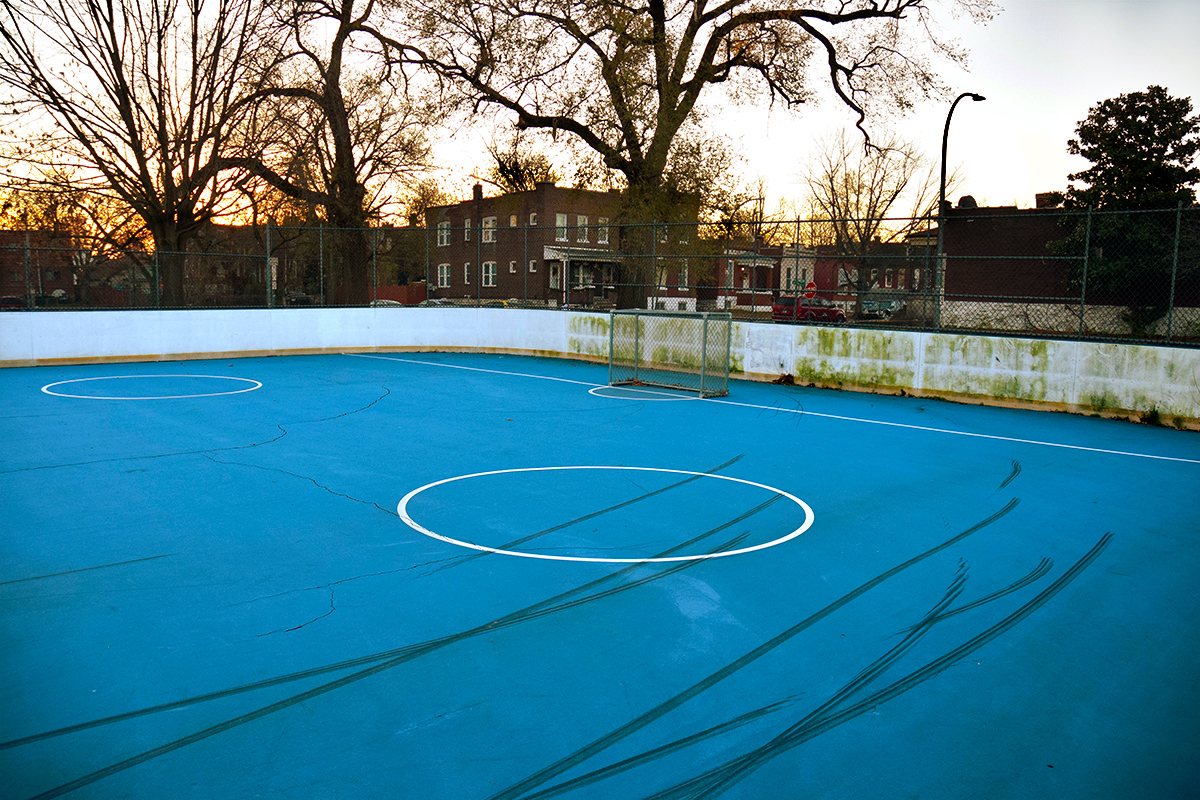
Mount Pleasant park contains a small set of playground equipment and some nice benches. It is particularly unique with the presence of a roller hockey rink.
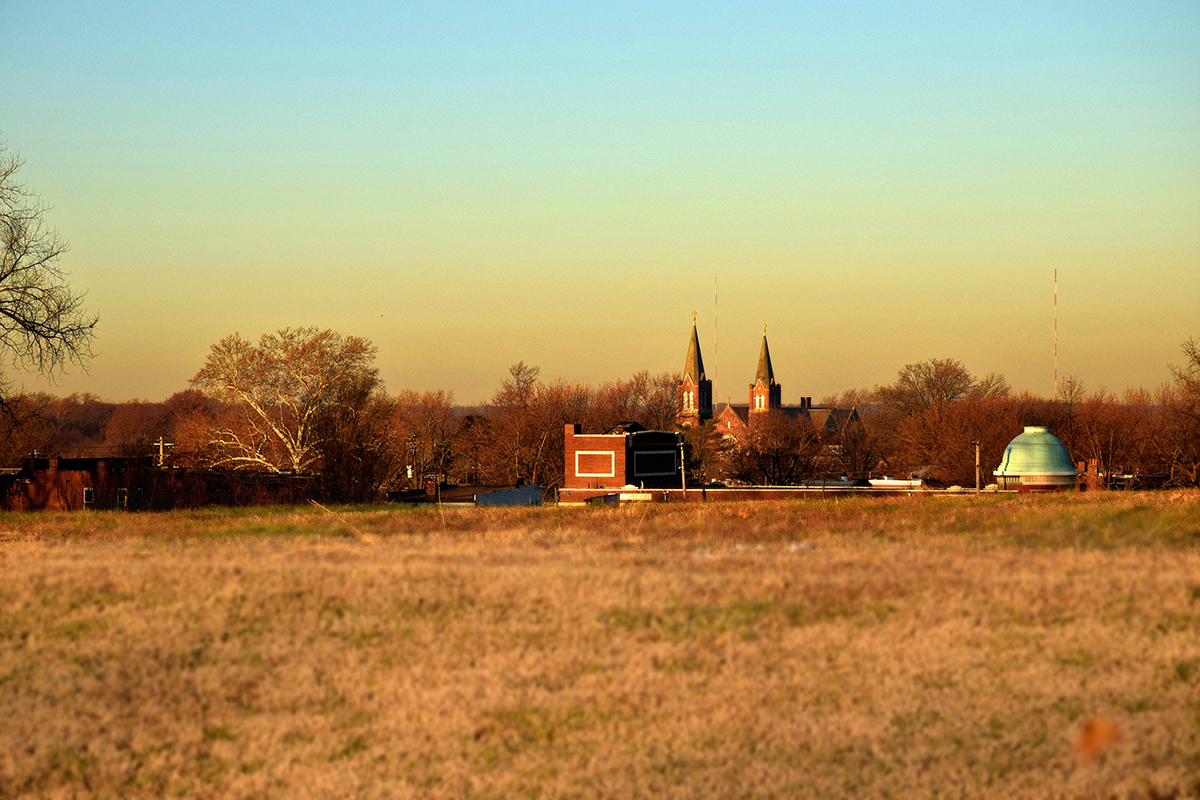
Less of a park and more of an empty field, Minnesota and Hill Park doesn’t bring much in the way of recreation. But it does offer a broad, beautiful view of the Dutchtown neighborhood. The park itself and the vast vacant field down the hill were once the site of stone quarries. Rumor has it that Anheuser-Busch filled in the quarries with byproducts from the brewery. A-B owns the adjacent land to this day.
Residential, Commercial, and Other Uses
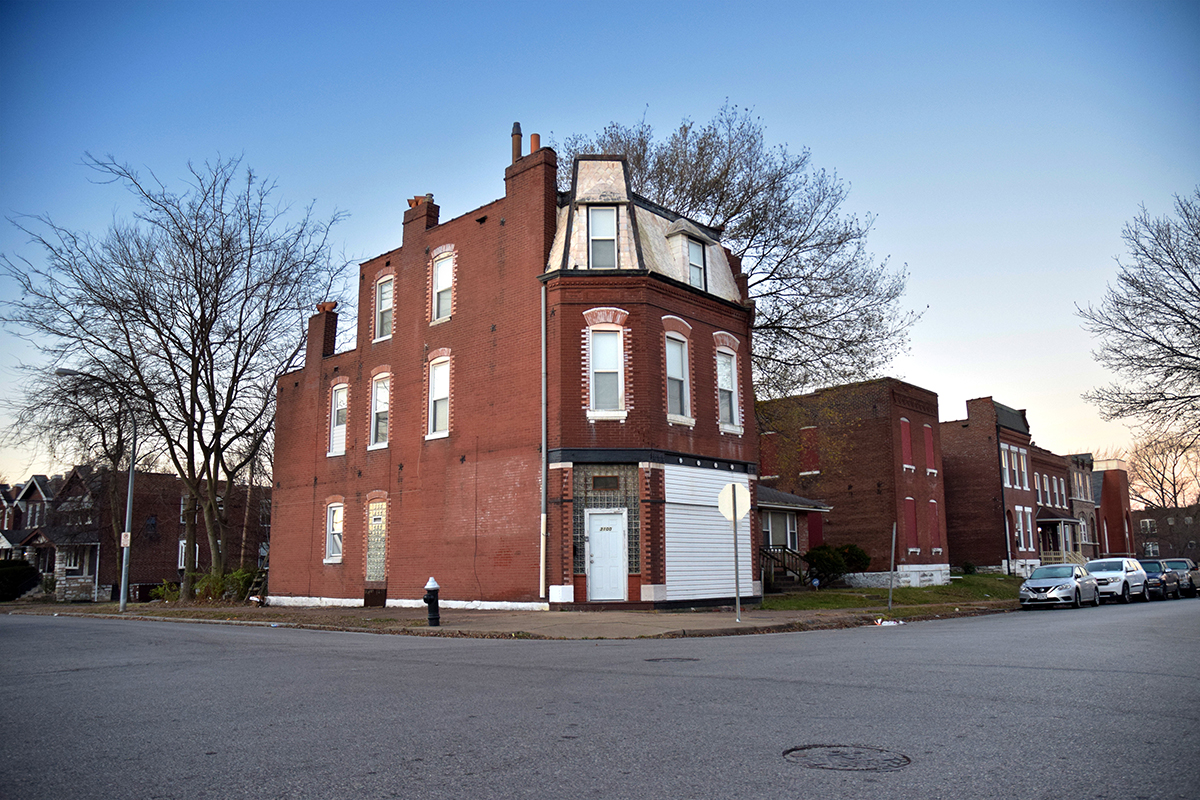
The neighborhood is overwhelmingly residential, but commercial and mixed use buildings also dot the corners. You’ll find many of these commercial buildings along Mount Pleasant Street.
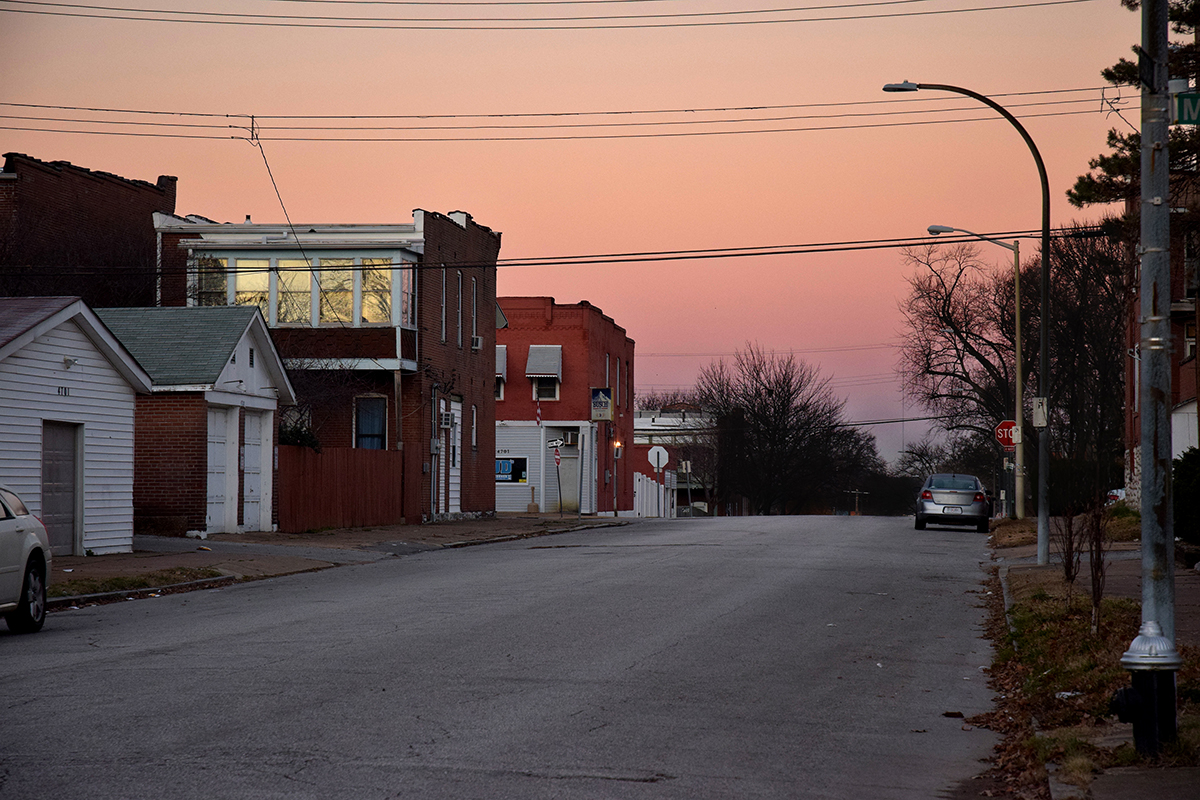
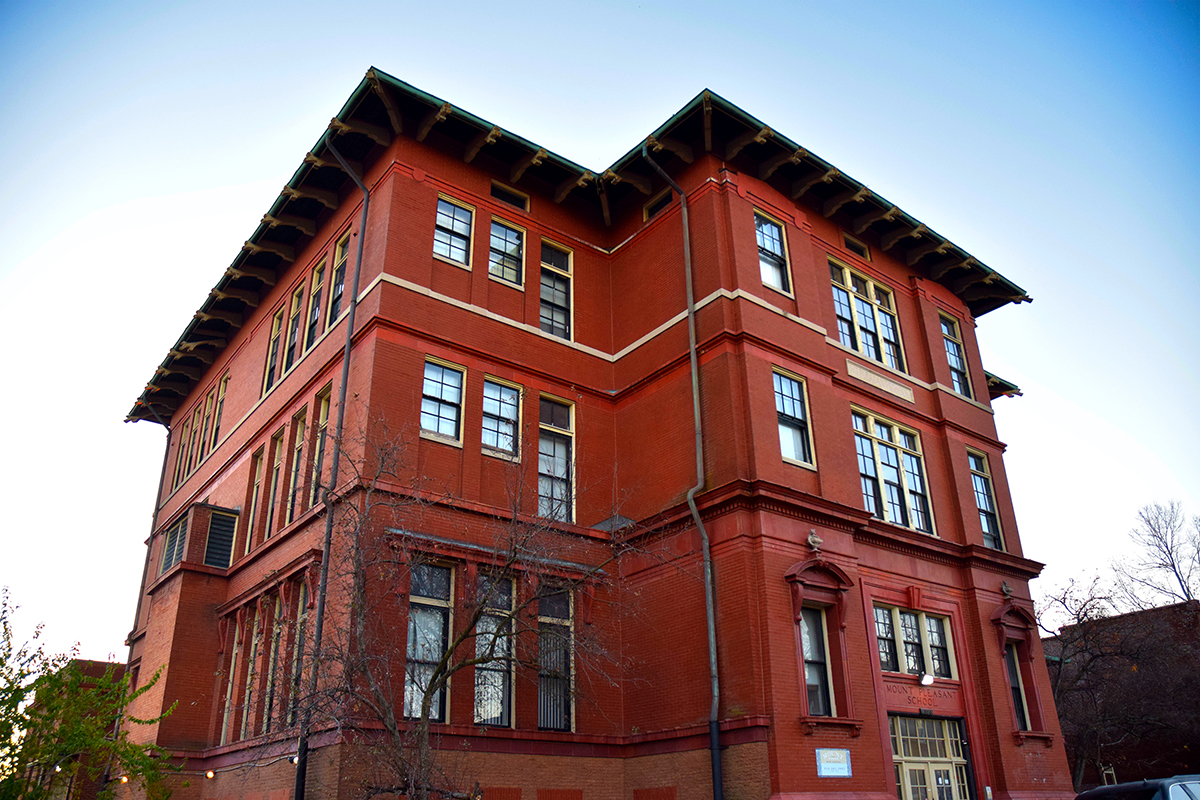
Mount Pleasant hosted a number of parochial schools, but it was also home to the public Mount Pleasant School. The school, originally built in 1896, started as only a single story. The second and third floors were added shortly thereafter, followed by another addition in 1913. St. Louis School Board architect A. H. Kirchner designed this building, as well as Froebel School in Gravois Park and a number of other St. Louis public schools. Mount Pleasant School is listed on the National Register of Historic Places and has been renovated into apartments.
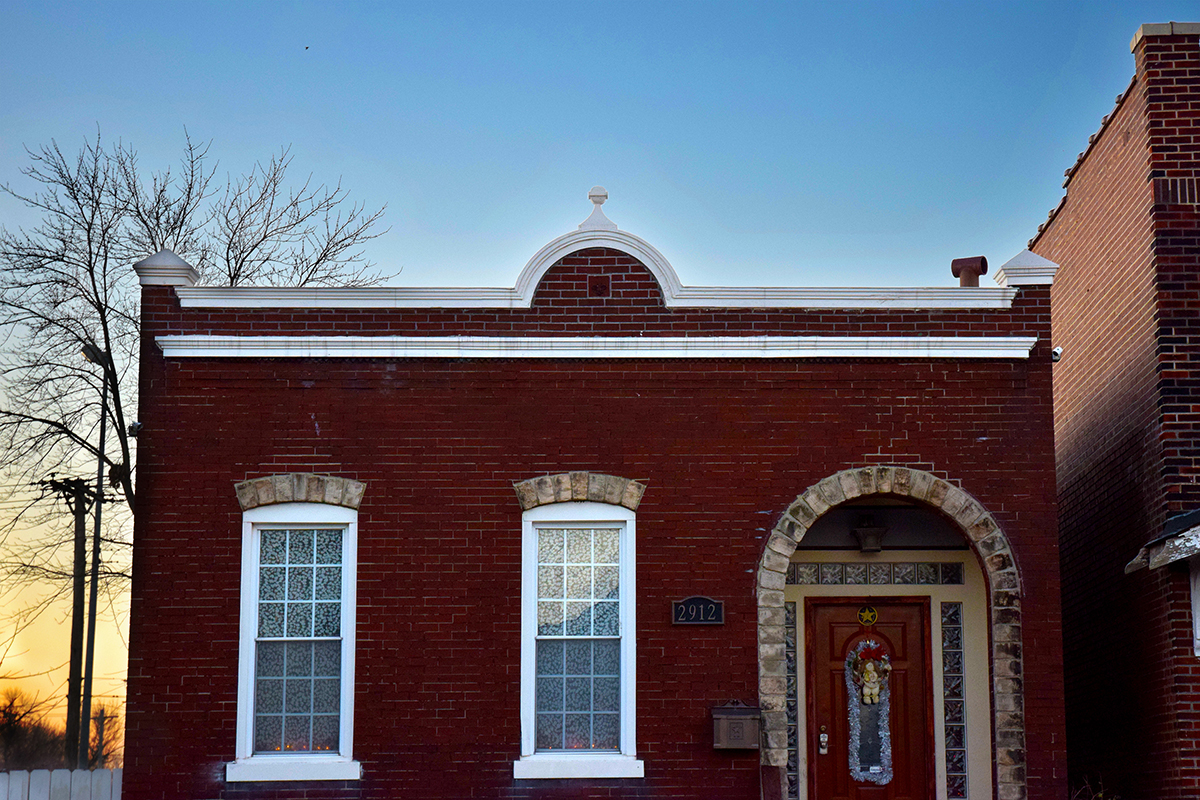
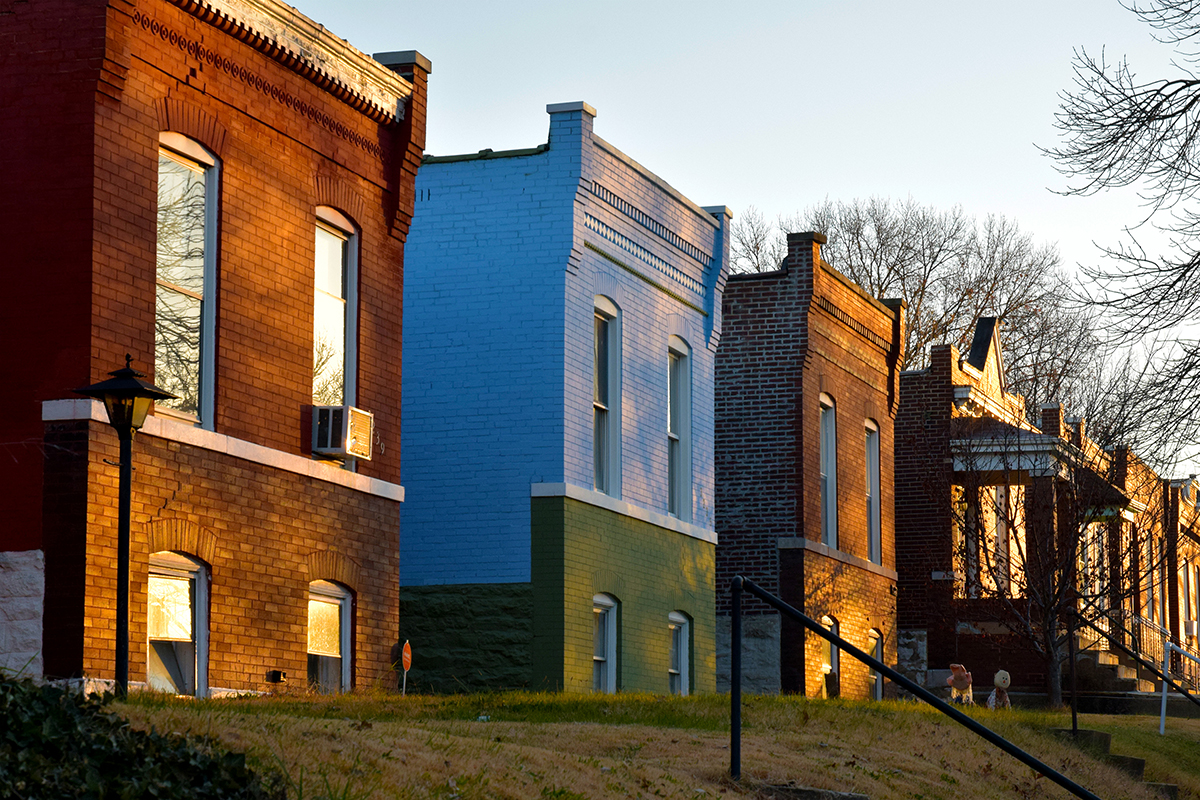
The Mount Pleasant neighborhood, at least in this southwestern section of the neighborhood, leans heavily towards single family housing. But plenty of duplexes and four family flats are found throughout the neighborhood as well.
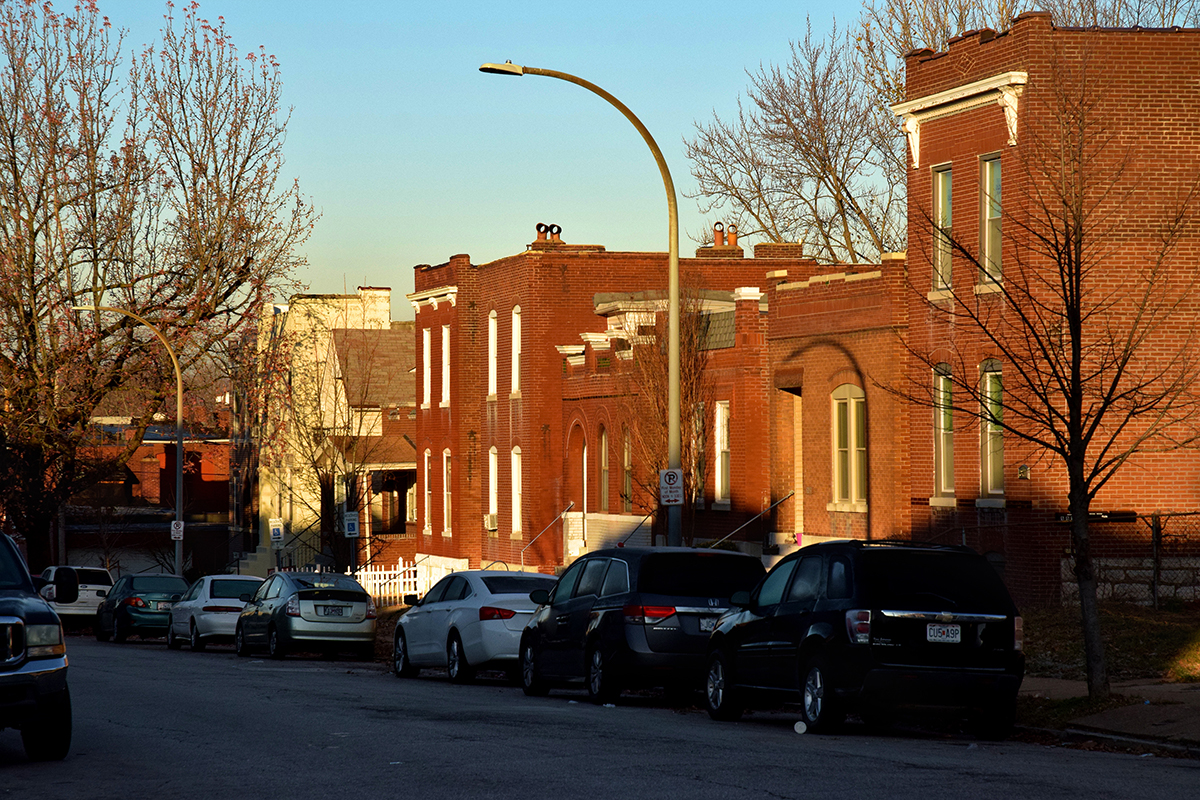
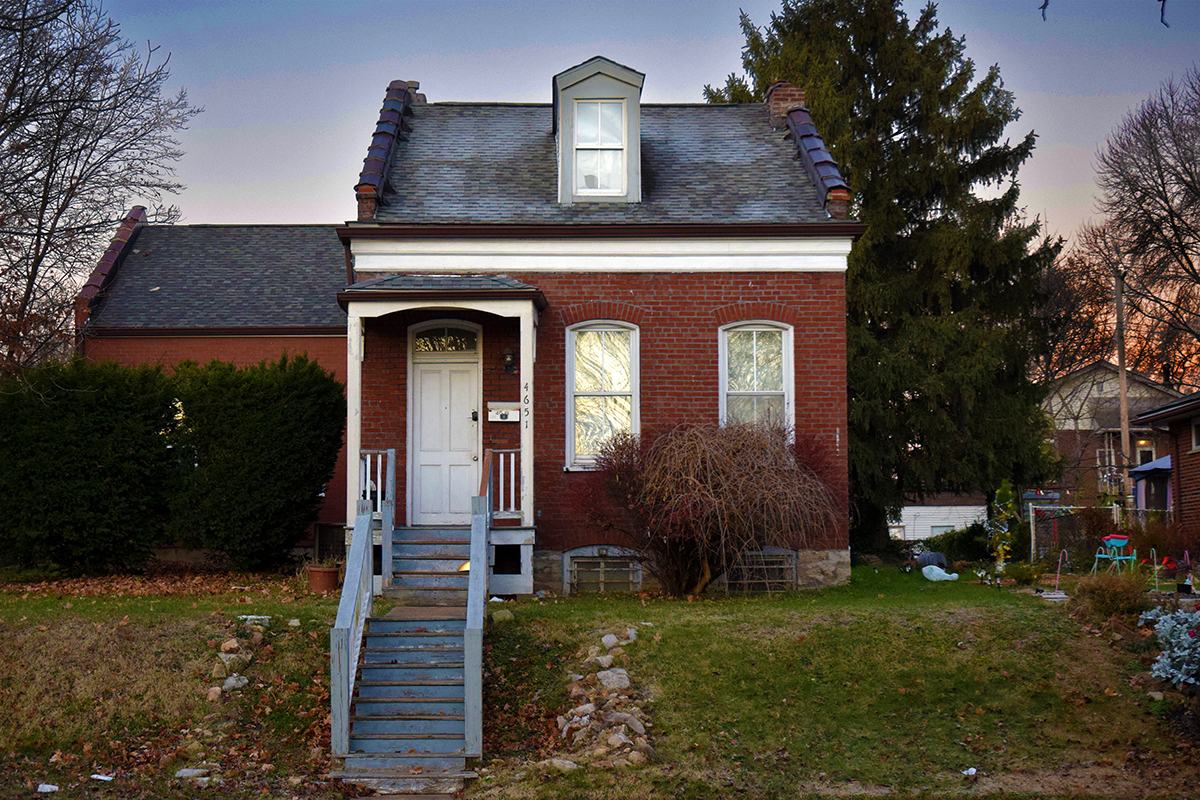
Lots of smaller single story cottages and bungalows line the streets of Mount Pleasant. But there’s no shortage of larger homes, both simple and stunning. As noted before, the neighborhood grew in a piecemeal fashion. All of these architectural styles are intermingled throughout the neighborhood.
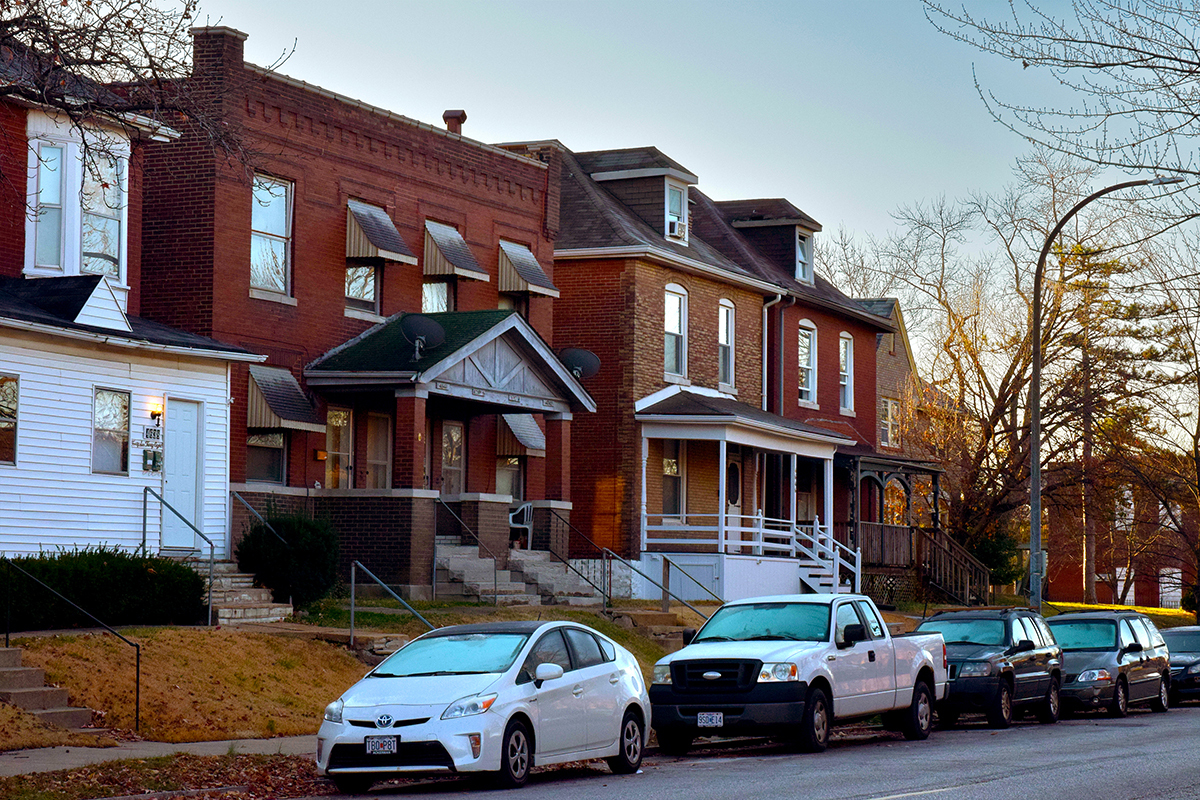
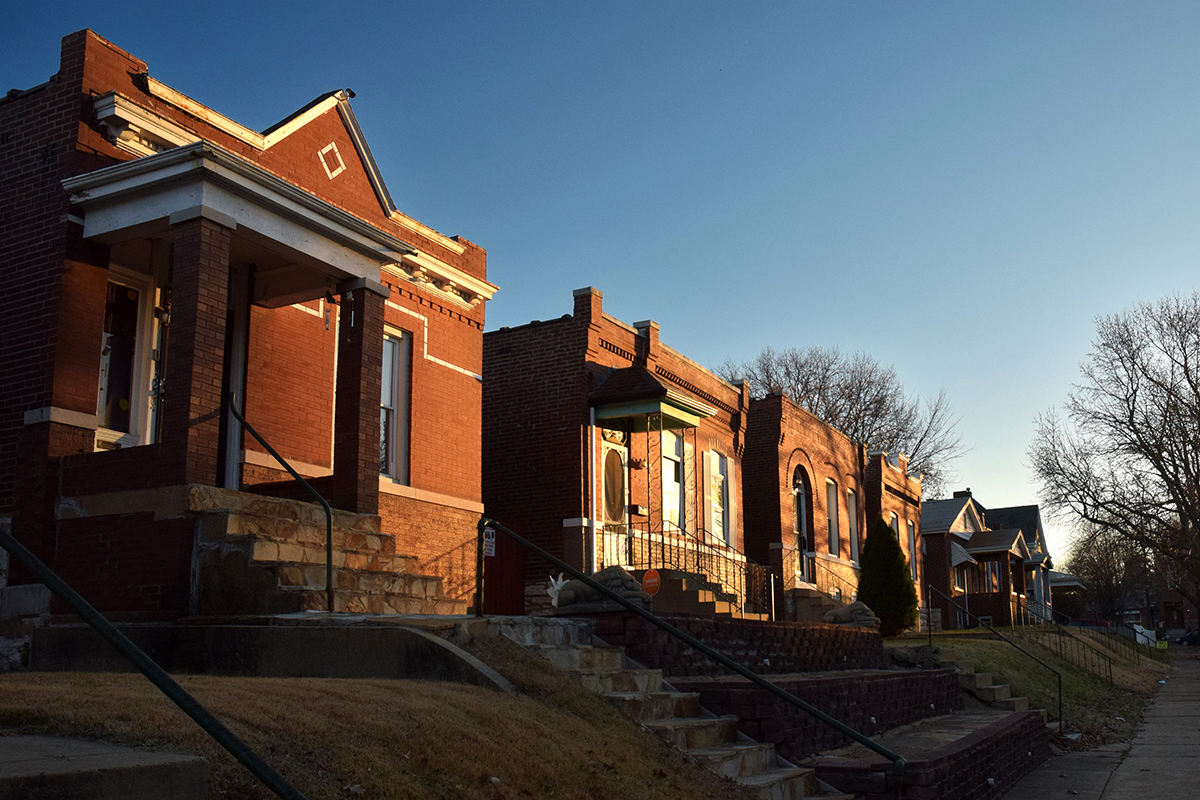
You can find larger versions of these photos as well as a ton of photos from throughout the Greater Dutchtown neighborhood on the DutchtownSTL Flickr page. We also share photos from around the neighborhood on our Instagram page, along with news, meeting notices, and lots more.